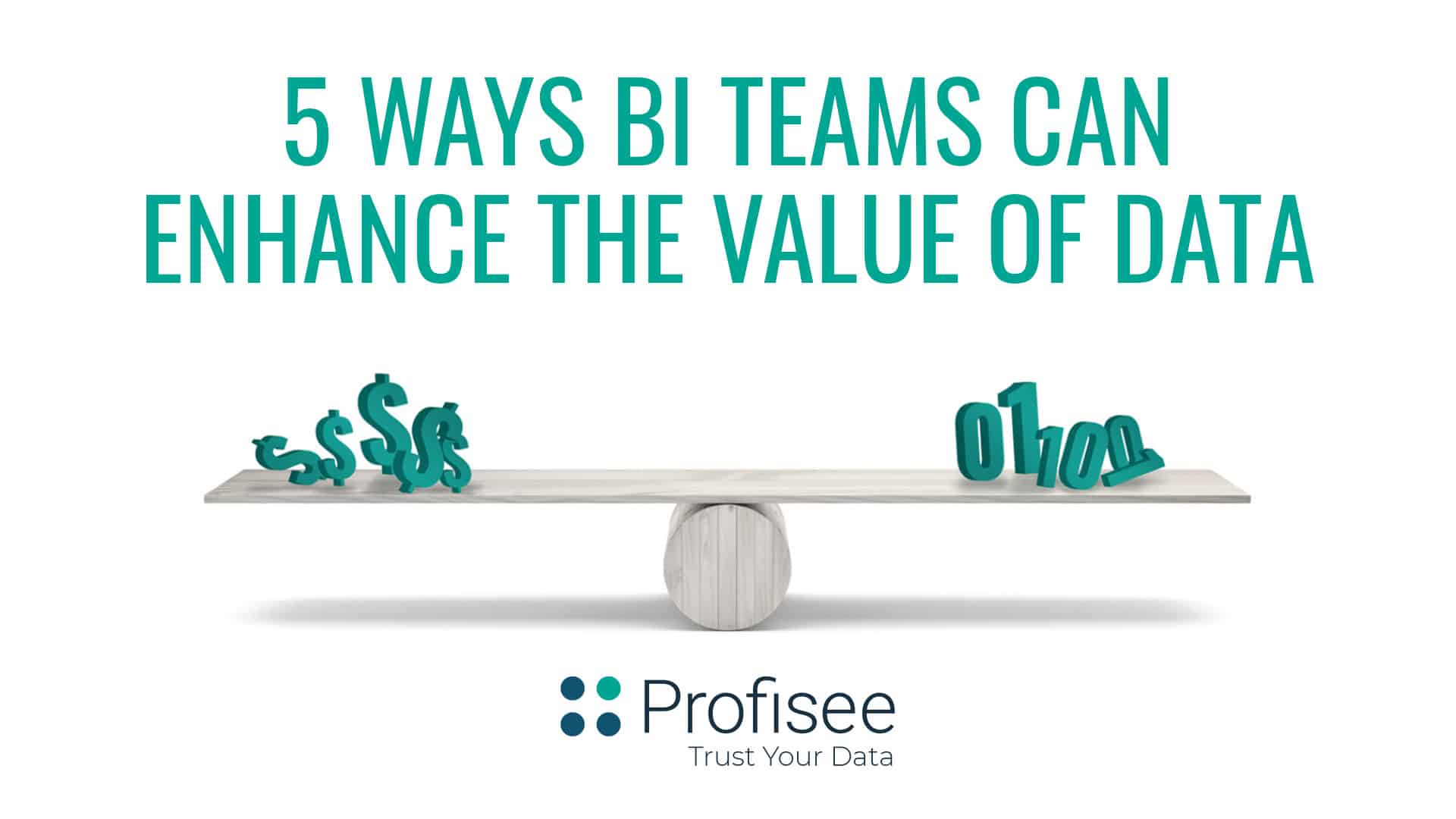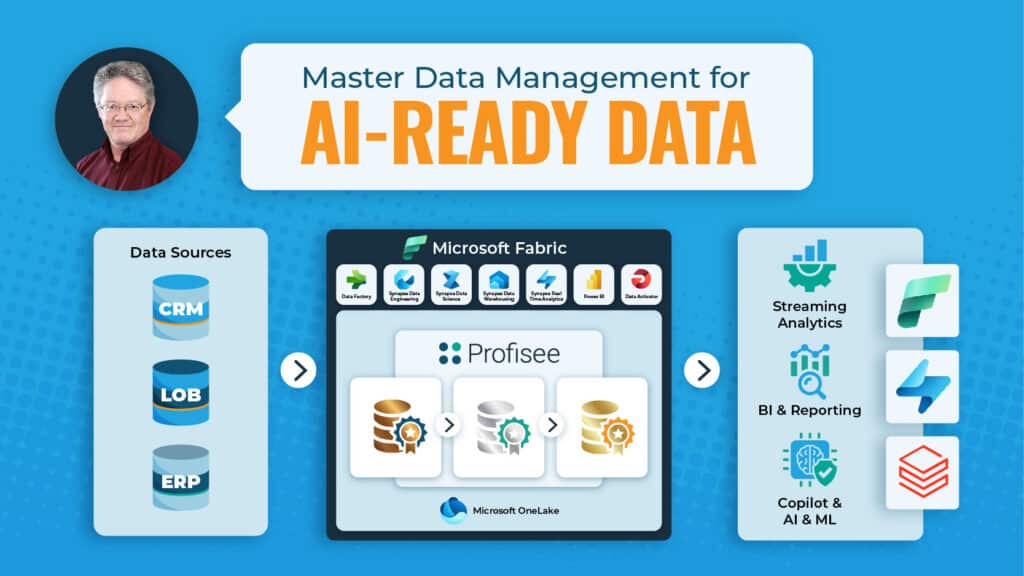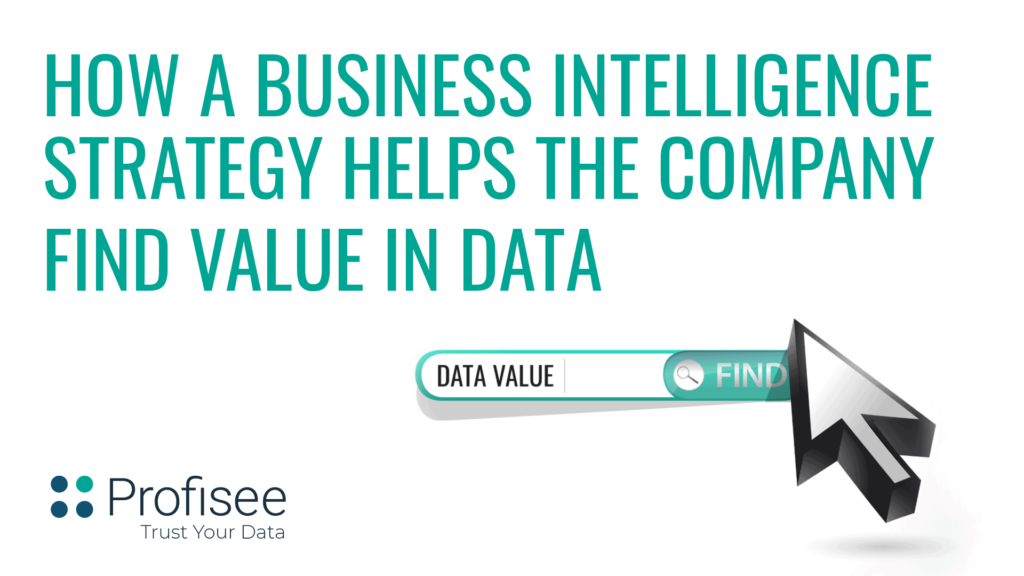The concept of placing value on data has been around since data was being collected electronically. But in 1990 Gartner’s Doug Laney explored the concept of infonomics that proposed a method to determining the value of a company’s data.
Once data’s value has been established it becomes a company asset that can be measured and tracked over time. BI practioners as stewards of enterprise data, are responsible for enhancing the value of the data as well as promoting its exploitation as a component of the company’s overall value. But unreliable data can have the opposite effect when it’s used by business units to take actions that fail because the underlying data is wrong. The challenge for BI teams is to assure their data is valid, accurate, and reliable so that it can be used to drive business initiatives and increase share holder value. BI teams need to understand and enable these five activities in their efforts to manage and value their data.
1. Take responsibility for the asset
BI teams manage the enterprise set of applications that run the business and by extension they are also responsible for the data generated by those applications. However other sources of data not directly under the control of IT/BI/MDM teams add to the growing set of data the company relies on. Those data sources can include shadow IT projects initiated independently by business units as well as all manner of unstructured data. The BI teams needs to take periodic inventory of the company’s data and initiate processes to incorporate all sources into the set of managed data that can be validated and quantified, then made available for exploitation and possible monetization.
2. Accurately value the asset
Businesses have multiple options for determining the value of their data assets including the value it delivers as part of business processes, its cost of acquisition, its value in contribution to revenue, and its market value if sold. BI teams have options to evaluate different sets of data against any or all valuation methods but the data must first be proven to be valid and reliable if it is to have any value at all.
3. Assure data is consistent and accurate
It’s one thing to validate data within an application and verify that what’s produced is valid. But enterprises deploy multiple applications that address different segments and purposes of the business, and while they may do different things for different business segments some of the data is certainly common. It’s the job of the BI team to establish processes that review and understand the content of all their data and compare it to find commonality regardless of its format or use.
Data that’s similar needs to be detected and normalized, de-duplicated and disambiguated so relationships across multiple data silos can be seen and additional value extracted.
Protip: Your data may be in great shape but its value isn’t being realized if your business doesn’t know how to used it for their own purposes or don’t have the right tools in place to put it to task.
4. Provide access in understandable ways
BI teams can enable business units to leverage their data assets by providing easily understandable tools that allow non-technical staff to find and use the company’s data assets safely even if they don’t know the data’s source or format. Data visualization tools are good options because they let users see data as graphical representations and offer quick and intuitive access, but they need to be put in place by the BI team.
5. Measure progress
Your data can become more valuable as it is used more frequently, but determining how it is growing may not be obvious by looking at the data itself. The BI team should monitor these criteria that look at indicators of increasing value.
- Interoperability between systems and applications – Is the general data easily integrated with other apps like spreadsheets, email, reports, graphics, etc.?
- Ease of use – Can non-technical staff not only access the data but easily use it in their work to enhance their projects?
- Time savings – Are there productivity gains over previous methods of using the various data?
- Actionable insights – Does the data and how it is presented to users allow them to derive actionable results more often and with better results?
Summary
Data is increasingly at the heart of enterprise activities. These five ways lay the foundation for BI teams to support business valuation with clean trusted data. With BI teams ultimately responsible for knowing the value of and enhancing the company’s data assets; they must use data that is valid, accurate, and reliable to achieve the organizations’ greater goals.

Forrest Brown
Forrest Brown is the Content Marketing Manager at Profisee and has been writing about B2B tech for eight years, spanning software categories like project management, enterprise resource planning (ERP) and now master data management (MDM). When he's not at work, Forrest enjoys playing music, writing and exploring the Atlanta food scene.











